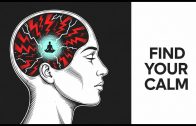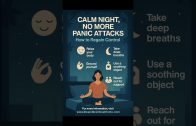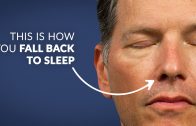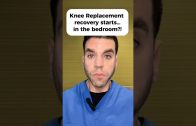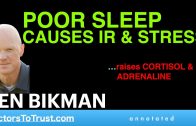Obstructive Sleep Apnea
Obstructive sleep apnea is as common as adult diabetes, affecting four (4) percent of men and two (2) percent of women. According to the National Institute of Health, obstructive sleep apnea affects twelve million Americans. Other researchers have estimated that thirty (30) million Americans are affected.
The term apnea is used to describe a pause in breathing during sleep of ten (10) or more seconds. There are various classes of sleep apnea central, obstructive, and mixed, the most common form is obstructive sleep apnea. Obstructive sleep apnea is characterized by numerous breathing pauses during sleep that lead to the arousal of the brain and/or a reduction in the amount of oxygen in your blood. When you are asleep, the breathing pause is terminated by the brain’s arousal as a result of a loss of oxygen in the blood. When the brain is aroused, the termination of the apnea occurs because of an increase in muscle activity in the tongue and tissues of the airway as a result of you arousing or waking slightly. You then return to sleep and the breathing pause occurs again. This pattern is repeated until you awaken for the day.
These breathing pauses occur because of a blockage in the upper airway, usually when the soft tissue in the upper airway (rear of the throat) collapses. This is referred to as an occluded or obstructed airway. These breathing pauses can occur hundred of times each night, but must occur at least five times per hour for a diagnosis to be made by your healthcare provider. Learn more:


